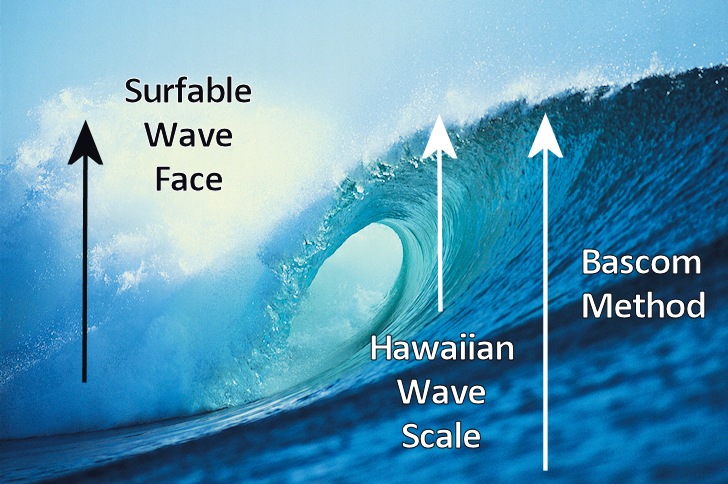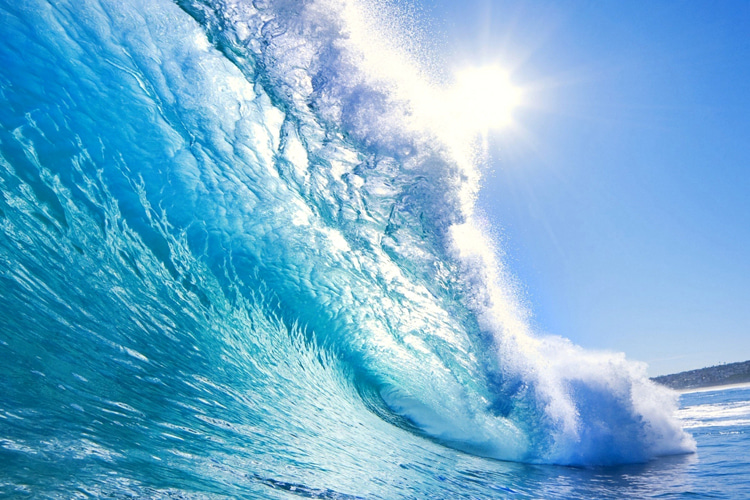Surfers have always had different ways of measuring waves. What is wave height? How should a wave be measured?
Surfing is a sport of achievements, records, and eye-catching stunts.
The first wave ride, the first surf line, the first barrel, the biggest wave - all stories to tell and bars to be raised.
One of the most famous surfing quotes speaks volumes about surfers and their passion. "You should've been here yesterday," it goes.
Buzzy Trent, a big wave surfer, once said that "waves are not measured in feet and inches but in increments of fear."
A statement like this raises questions.
Chiefly, how can we standardize the measurement of waves in order to make accurate comparisons?
There are two main approaches to measuring wave height.
The Bascom Method and the Hawaiian Scale
The Bascom Method, developed by Willard Newell Bascom, is widely regarded as simple, fair, and rational, yet an overestimation most of the time.
One stands on the beach with eyes aligned with the wave crest and the horizon.
He or she then measures the wave from that point to the average sea level. Californians loved it.
The Hawaiians saw things differently.
They were known for measuring their waves from the back, effectively cutting the determined height of the waves they had ridden in half.
The method used by the Californians, they thought, was full of exaggerated bravado.
When big wave surfing got the attention of the media, the Hawaiian Wave Scale conquered fans. It was really cool to underestimate the size of a wave.
The Hawaiian Wave Scale has a few disadvantages, though:
- It is difficult to measure small waves;
- It can't be confirmed from the beach;
- It is based on emotional variables like courage;
- It does not measure the entire wave face in which surfers ride;
- It doesn't apply to waves that are big and heavy but lack a large backside, like Teahupoo;

The Surfable Wave Face Method
There is a third way. This fair and balanced approach is based on the area that is actually ridden by a surfer.
Keeping in mind that the bottom turn is the lowest point on the wave face, the Surfable Wave Face hypothesis would consider 2/3 of the Bascom Method as the area where surfers draw their lines and tricks from the pocket almost to sea level.
In conclusion, a two-meter wave (6.5 feet) measured with the Bascom Method would correspond to a one-meter wave on the Hawaiian Scale (3.2 feet) and a 1.3-meter wave (4.2 feet) using the Surfable Wave Face measurement system.
So, it seems that the logical application of the Surfable Wave Face method brings the best of the "underestimated" and "overestimated" models into a balanced, globally accepted system of wave measurement for competitive surfing.
Discover the importance of the swell period in surfing.
Learn the difference between ground swells and wind swells and how to track them.
